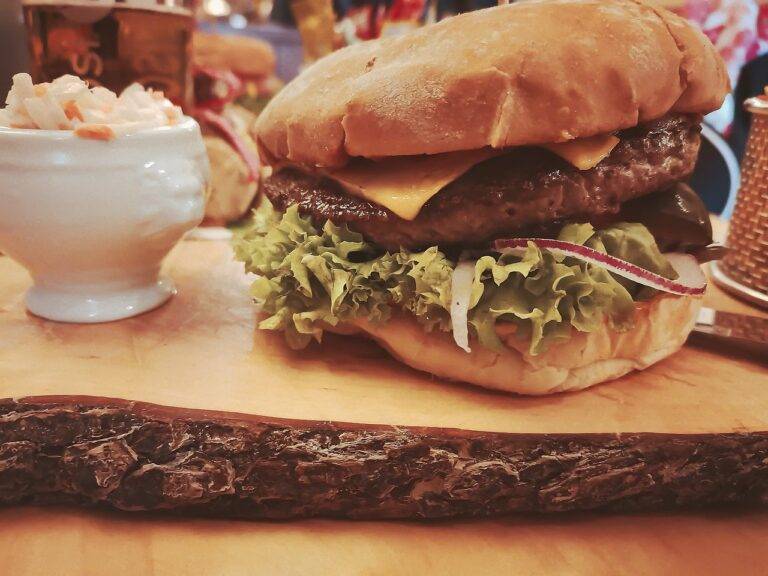The Evolution of Food Trucks: From Roach Coaches to Gourmet Delights
Mobile food vendors have been a common sight throughout history, dating back to ancient times when street vendors sold food to travelers and locals alike. These early mobile food vendors typically offered simple fare and convenient options for those on the go, providing sustenance to people in bustling marketplaces and along busy streets.
In the United States, the concept of mobile food vendors gained popularity in the late 17th century with the introduction of pushcarts selling snacks and quick meals in urban areas. This trend continued to grow over the years, eventually evolving into the iconic food trucks that we see on city streets today. The evolution of mobile food vendors reflects the changing culinary landscape and the demand for convenient, affordable, and delicious food options on the go.
Early Beginnings of Food Trucks
During the 17th century, food carts were a common sight in major cities across Europe. These mobile vendors offered a convenient way for busy city dwellers to grab a quick meal on the go. With items like pastries, fruits, and other ready-to-eat foods, these early food carts laid the foundation for what would later evolve into the modern food truck phenomenon.
In the United States, the concept of mobile food vendors can be traced back to the late 19th century. From chuckwagons serving meals to cowboys on the open range to pushcarts selling hot dogs and tamales on city streets, these early versions of food trucks catered to a wide range of customers. The convenience and accessibility of these mobile food options quickly caught on, paving the way for the food truck culture that continues to thrive today.
When did mobile food vendors first start appearing?
Mobile food vendors have been around for centuries, with records of street food vendors dating back to ancient Rome and China.
How did food trucks evolve over time?
Food trucks evolved from horse-drawn wagons selling food in markets to motorized vehicles serving meals on city streets and at events.
What role did food trucks play in urban areas?
Food trucks played a vital role in providing convenient and affordable meals to urban populations, especially in areas where traditional restaurants were scarce.
How did food trucks adapt to changing times?
Food trucks adapted to changing times by incorporating new technology, social media marketing, and offering diverse menus to cater to different dietary preferences.
Are food trucks still popular today?
Yes, food trucks continue to be a popular dining option in many cities around the world, offering a unique culinary experience and a variety of cuisines.





